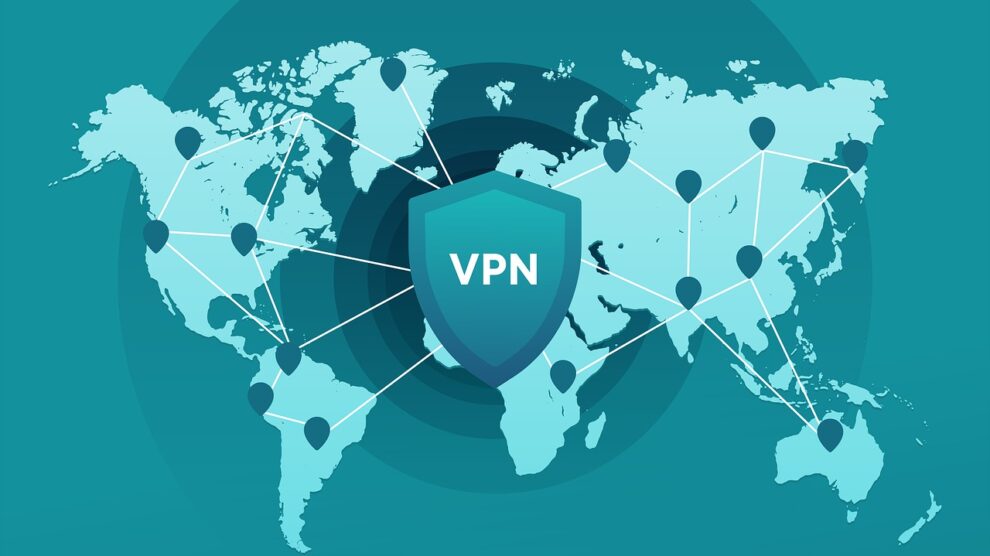Network security is one of the most important considerations for any business. It doesn’t matter if you’re a multinational technology company or a regional retailer – you can’t afford to have vulnerable networks. Furthermore, some cyber criminals intentionally target medium sized and small businesses. One study found that almost 80 percent of SMBs had been targeted during a prior year-long period. You’ve likely heard of VPNs and SD-WAN as two potential ways of approaching this problem. But how do SD-WAN and VPNs compare?
A virtual private network (VPN) keeps users safe by encrypting data and concealing IP addresses. This is a great, basic solution for organizations that need some heightened network security right away. But VPN solutions generally aren’t going to be as holistic as SD-WAN.
Software-defined wide-area networks take network visibility and security to a whole new level. SD-WAN is more than just encryption through a private network, it’s an entire network architecture upgrade. With SD-WAN, you’re getting a software layer to unify and control the flow of all network traffic—meaning it doesn’t matter how or where devices are connecting to the network.
Different Levels of Scope and Scale
From just the basic descriptions of VPNs and SD-WAN configurations, it should be clear they’re operating on different levels. A VPN is really focused on the singular task of securing networks through a specific means, while SD-WAN is more overarching.
A scalability issue also needs to be addressed when comparing VPNs and SD-WAN. It can be a daunting task for an IT department to be constantly redeploying and scaling VPNs during business expansion. These are often complicated to set up, and more can go wrong if you have to manually fiddle around with the configuration on a regular basis.
SD-WAN is a better solution on the scalability front. It’s much easier for enterprises to bring in new devices at any time because SD-WAN centralizes network flow control on the cloud. This allows organizations to seamlessly tweak and monitor as they go, without downtime or creating potential vulnerabilities.
Far More Benefits for SD-WAN
Both SD-WAN and VPNs do a good job of keeping networks secured and boosting bandwidth capabilities. There are, however, several additional features offered through SD-WAN that aren’t by VPNs. You already know about the differences in scalability.
Here are a few other ways SD-WAN affords business greater control and flexibility than a VPN:
• You’re consolidating network monitoring and management. A VPN doesn’t offer anywhere near the level of control and visibility of SD-WAN. This is because SD-WAN is specifically designed with the idea of helping organizations control their network flows.
• You can secure and connect to SD-WAN through a variety of different types of connections. It doesn’t matter if you’re using multi-protocol label switching (MPLS), DSL, or another kind of connection. SD-WAN will be able to handle it.
• You have far more security capabilities with SD-WAN than with a VPN alone. Network security needs to be a focus for any business operating today. SD-WAN allows organizations to implement a wide range of security features.
• Specialized cybersecurity companies offer SD-WAN solutions that can be custom-tailored to your organization. These will often come with security features that are intentionally designed to deliver the highest levels of monitoring and security.
When it comes down to it, both VPNs and SD-WAN are great tools for network security. SD-WAN just has a much greater level of applicability in terms of how organizations can leverage the technology. Making the investment in SD-WAN can help enterprises keep their networks safe and running at the highest level.





